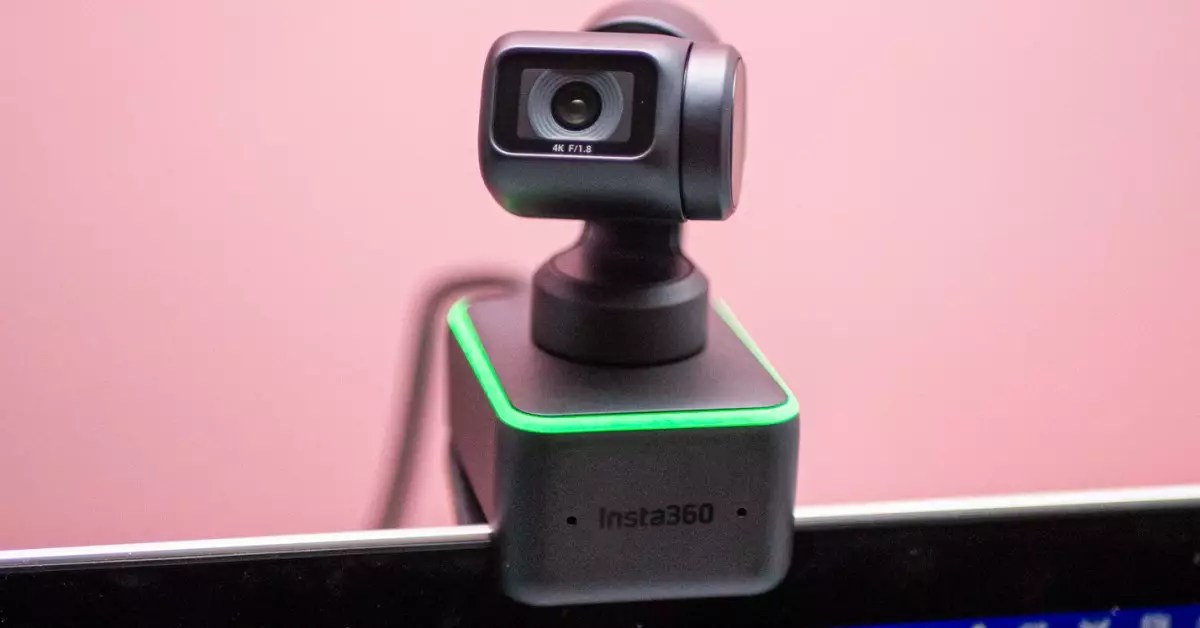As we plunge deeper into the era of video connectivity, the introduction of devices like the Nintendo Switch 2 raises an intriguing challenge for gamers and casual users alike: which webcams are actually compatible? With an impressive lineup of features, the Switch 2 promised the ability to video chat, but it has turned out that the reality of webcam compatibility is far messier than anyone could have anticipated. While Nintendo offered the tantalizing opportunity to use “any compatible USB-C camera,” the truth is that many popular webcams simply refuse to cooperate. This has left users frustrated and wondering what went wrong.
From Logitech to Elgato, brand-name webcams on the market, despite their glowing reviews, are failing at the most basic level—functioning with the Switch 2. This leads to the question: how did such a prominent player in the gaming console industry misjudge the compatibility of common USB-C devices? The implication is that the Switch 2 seems more particular about which cameras it recognizes—not just any USB-C camera, but specifically, ones designed to work with this new console.
The Mystery of Compatibility: A Revelation in Testing
Amidst the confusion, one striking observation has emerged: classic USB-A cameras, especially models like the Logitech C920, appear to function without a hitch. This stark contrast indicates that compatibility data may be drastically misaligned. For an industry that thrives on innovation and technology, it is surprising that neither Nintendo nor major webcam manufacturers have compiled an accurate list of compatible devices for the launch. This gap is not only perplexing but glaringly inconvenient for consumers eager to utilize the video chat capabilities.
Importantly, testing the webcam’s compatibility with the Switch 2 is surprisingly straightforward. By navigating to the Settings menu, users can easily check which cameras work—an initiative that may well turn out to be a grassroots effort to compile a relevant compatibility list since official resources are scarce. This DIY approach is perhaps the silver lining in a largely murky situation, inviting community collaboration to iron out these kinks—but it shouldn’t have to come to that.
Manufacturer Responsibility: A Call for Action
As the pressure mounts, it seems that manufacturers are also feeling the heat. Reports indicate that companies like Elgato may look into firmware updates for their products to enhance compatibility with the Switch 2. However, this reactive approach raises concerns: is it enough? Shouldn’t these companies ensure that their products are ready to function with widely anticipated consoles before they hit the shelves?
Moreover, the absence of a unified, transparent communication strategy from Nintendo and these brands is disheartening. There’s a clear disconnect between product launches and the technical integrations that consumers rely upon. Gamers should never have to wade through uncertainties when selecting peripherals meant to enhance their experience. The expectation is for a seamless transition when integrating new devices into existing ecosystems, and the failure to achieve such has repercussions that extend beyond mere inconvenience.
The Community Takes Charge: Building a User-Driven Resource
In light of the frustration expressed by users and gamers, community-driven resources are gaining importance. Social media platforms and forums are becoming avenues for individuals to share their experiences, successes, and failures with various cameras. Creating a collaborative database of compatible webcams offers a way for users to take the reins of their own gaming experience.
The irony is palpable: from a company that pioneered the moderate shift towards more interactive gaming, one now sees the need for a user-led, real-time resource instead of guidance from the established giant. This shift indicates a new era of engagement, where users become the authors of their own user manuals, filling in the gaps left by manufacturers. As more experiences are documented, a clearer picture will emerge, illuminating which devices truly deliver on the promises made during the launch.
As we navigate this murky water of webcam compatibility with the Nintendo Switch 2, an expectation remains that manufacturers will take notice of user feedback and bolster their support systems accordingly. Technology thrives on communication, and if anything, this experience demonstrates the pressing need for better dialogue between companies and consumers. It is a hopeful notion that with collaboration, webcams and gaming consoles can finally achieve the compatibility users so desperately crave.


Leave a Reply